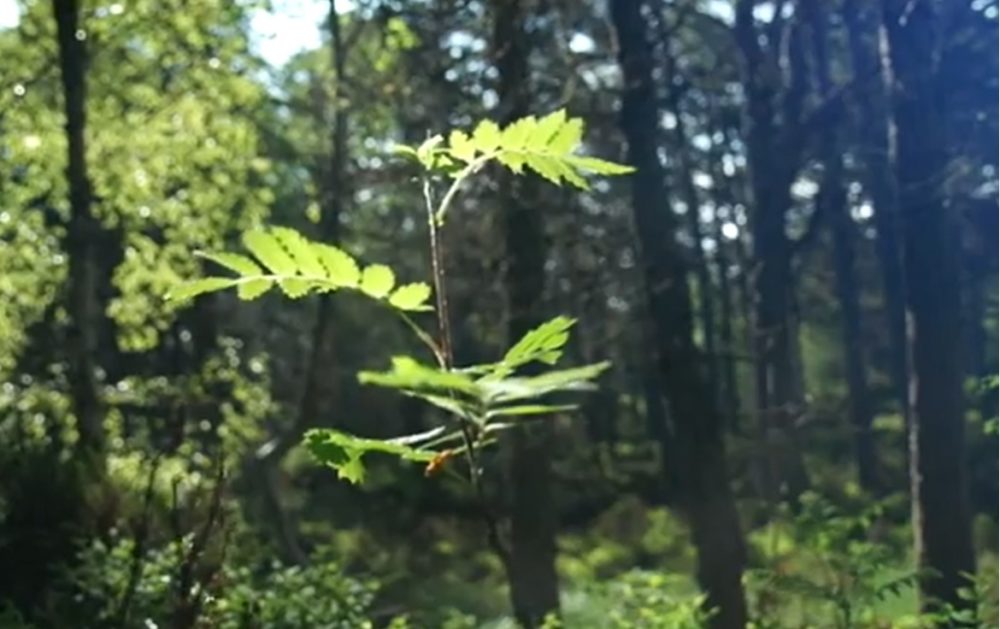Rural Economy and Tourism Secretary, Fergus Ewing, has welcomed a new report that shows that Scotland has more native woodland than previously reported.
Published as official statistics by the National Forest Inventory (NFI), the study into Woodland Ecological Condition is the largest and most in-depth assessment of the ecological condition of any habitat in Great Britain.
It reveals that in Scotland 442,611 hectares are now classified as native woodland, more than had previously been thought – and that the majority of this is North East and West Scotland.
This figure is up 131,458 hectares on the previous estimate reported in the 2014 Native Woodland Survey of Scotland assessment, and is set to increase as Scotland continues to meet its target for native woodland planting set out in the Biodiversity Route Map to 2020 and our Bonn Challenge commitment. In 2019 Scotland planted 4,436 hectares of native woodland.
The statistics reveal that over 430,000 ha of these native woodlands are in overall ‘favourable’ or ‘intermediate’ condition. They also show that Scotland’s non-native woodlands make an ecological contribution, with less than 6% in ‘unfavourable’ ecological condition.
Mr Ewing said;
“This is the first report of its kind and we welcome it as a positive step forward in woodland management. These statistics provide a reliable indication of woodland ecological condition across all woodland types in Scotland.
“They show that Scotland has even more native woodland than previously thought, and that almost all of our forests are making a real contribution in terms of environmental benefits.
“Importantly they provide us with a measure of how our forests and woodlands are becoming more resilient to future climate challenges – by developing those ecological conditions and processes found naturally in native woodlands. When compared to the challenging benchmark of ancient semi-natural woodland, this shows which of the native woodland benefits modern forestry possess.
“This is valuable information that will help to shape and deliver more strategic, cost-effective policies and management interventions that will help Scotland to improve the quality of its woodlands for biodiversity, for visitors, and all those who benefit from Scotland’s forests, while still delivering timber for our expanding construction industry.”
Stuart Goodall, Chief Executive of Confor, welcomed the report and said;
“This is an important piece of work which provides vital baseline data to inform the success of woodland policies and incentives in delivering for biodiversity in the future.
“It shows that all kinds of woodland can deliver for biodiversity – including productive forests. This is especially true for modern forestry when judged against the challenging benchmark of an ancient semi-natural woodland.
“Furthermore, the survey demonstrates that the active management of a forest for wood production delivers higher biodiversity as well as a renewable supply of wood to help sustain an industry that benefits climate change mitigation, jobs and the economy – at minimal cost to the public purse.
“Confor is preparing an in-depth report exploring the relationship between woodland management practices and timber production, and the biodiversity in our forest habitats. This is due to be released in April and will help to inform ongoing policy and research in tackling the nature emergency.”



